Serve Robotics integrates DriveU.auto connectivity platform as it looks to rapidly scale thousands of delivery robots
DriveU.auto, a provider of connectivity platforms for autonomous vehicles, and Serve Robotics, a provider of autonomous delivery robots, have announced the deployment of the former’s connectivity platform on the latter’s commercially deployed robotic fleet.
Serve says it will leverage DriveU's platform to enhance the performance of remote monitoring of its autonomous delivery robots, adding to the suite of tools Serve utilises as it works to deploy up to 2,000 robots on the Uber Eats platform.
Serve evaluated DriveU alongside competitive offerings and determined that its platform provides reliable, low latency and uninterrupted connectivity that allows robots to share real-time telemetrics, access cloud computing, and enable remote supervision in edge cases.
It also values DriveU’s native support of the Nvidia Jetson platform, which provides hardware accelerated video encoding and decoding, reduces network bandwidth and latency, and results in better video quality.
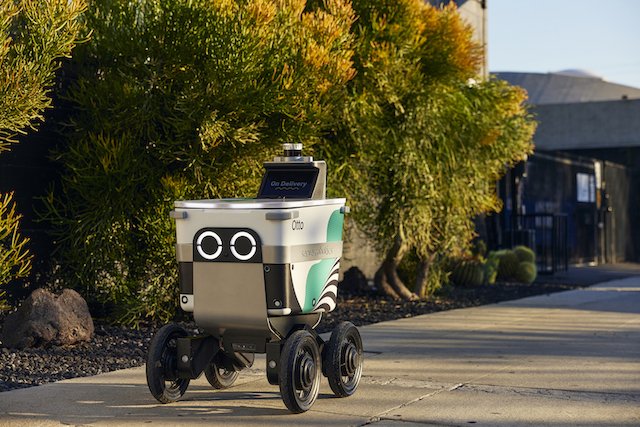
“In order to rapidly scale to thousands of robots, Serve needs to leverage the capabilities of world class technology partners like DriveU,” says Dmitry Demeshchuk, Co-founder and Vice President of Software Engineering at Serve.
“DriveU’s connectivity platform will help us improve the resilience and performance of our fleet, unlock operational efficiencies, and realise economies of scale as we pursue mass market autonomous delivery.”
“We are thankful for the opportunity to engage as a trusted partner with Serve Robotics,” says Alon Podhurst, CEO at DriveU.
“We are committed to enabling the large scale roll-out of driverless fleets safely and efficiently.”
“Connectivity is a critical element in every driverless vehicle. Our expanding roster of commercial partnerships is a testament to our leading position in enabling AV operations.”


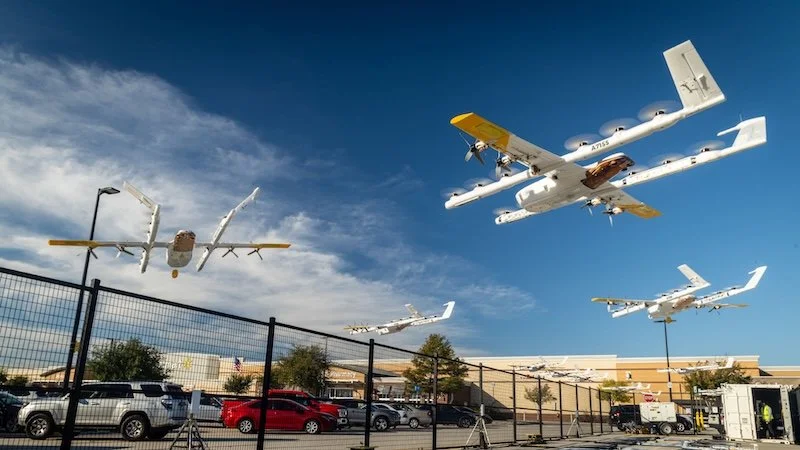



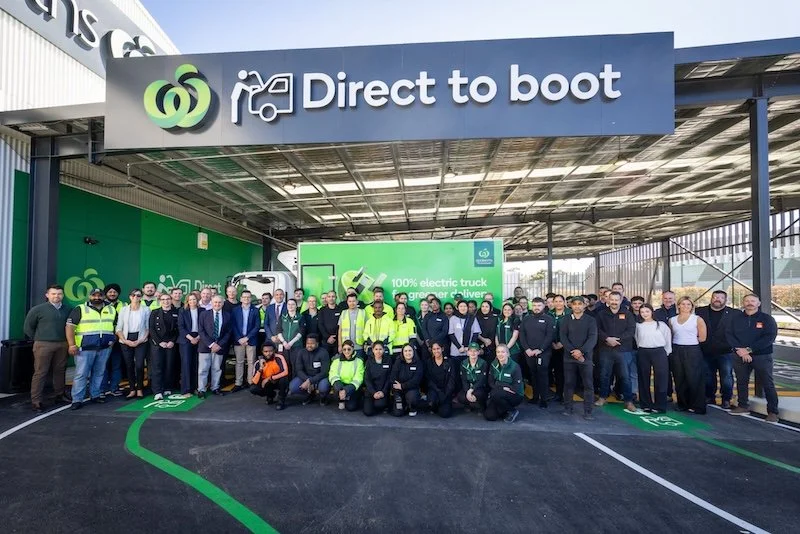
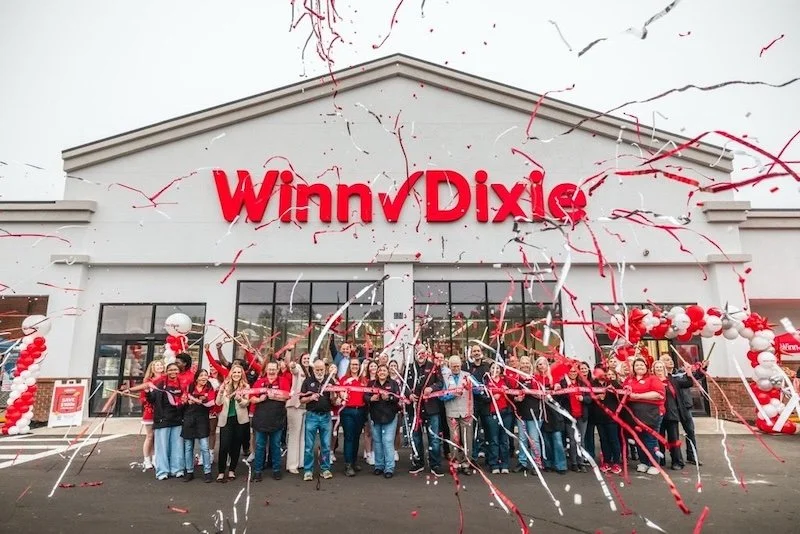




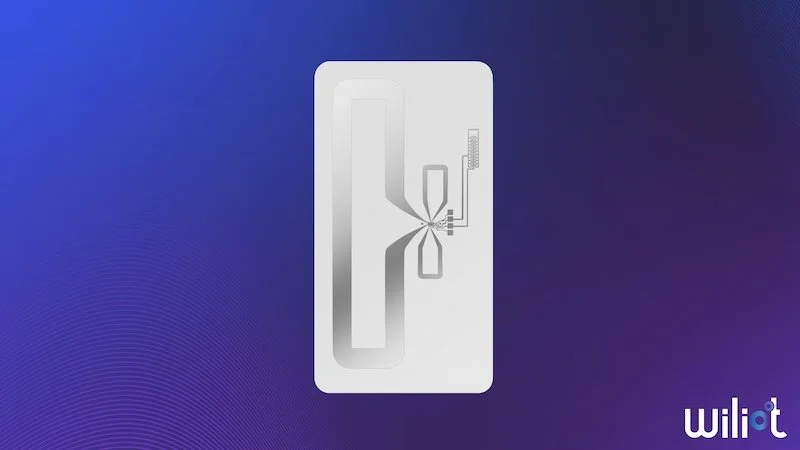











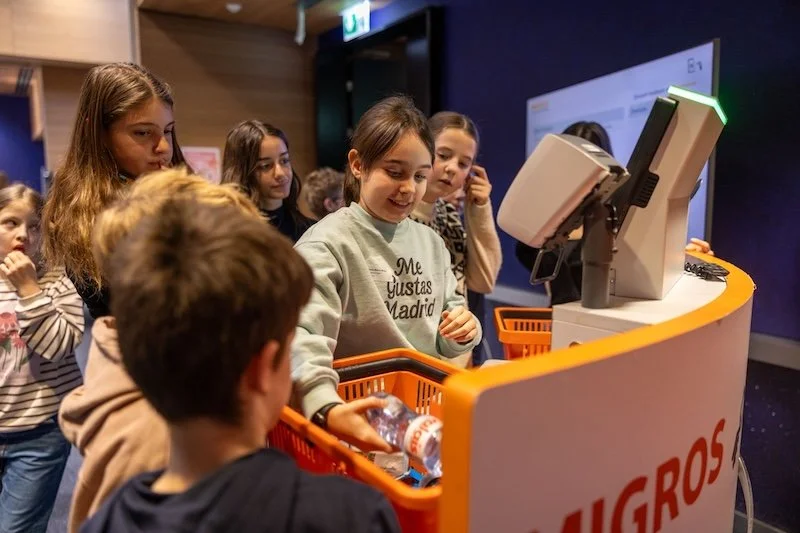


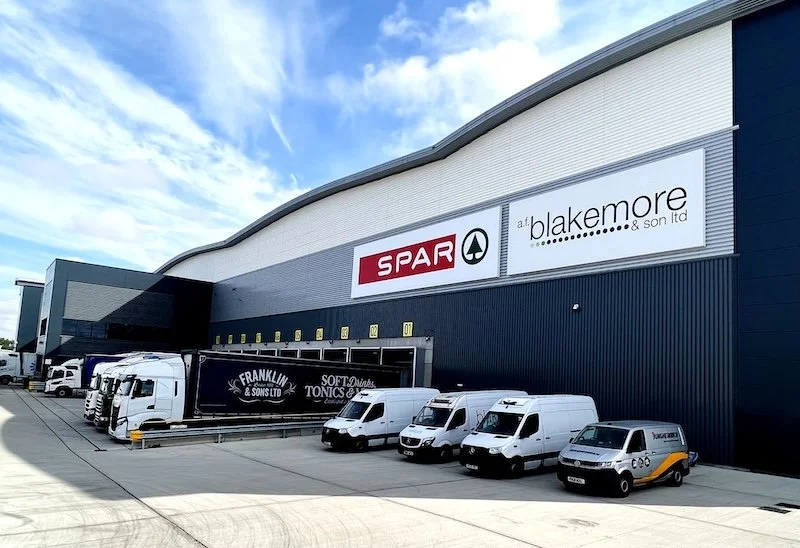


Continue reading…